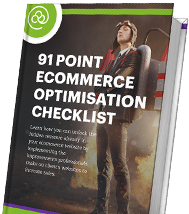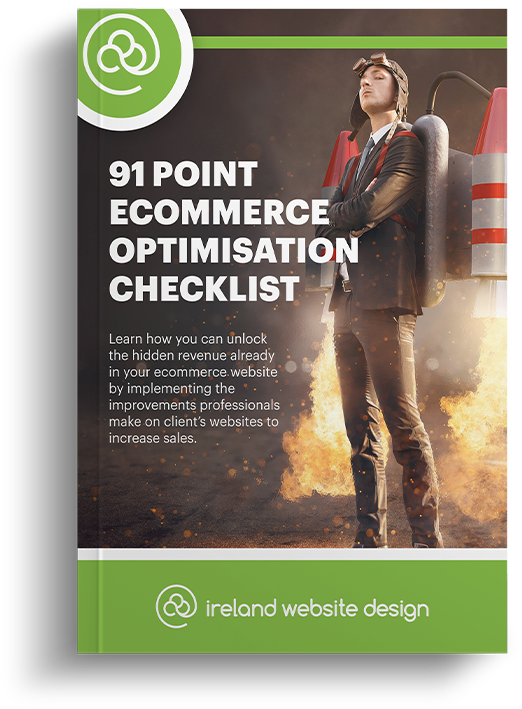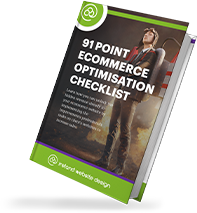Here we provide you with four steps that move your blog content towards obtaining paying customers for your business – whatever its size.
No matter what size your business is, an active blog is a great asset as it adds fresh content to your web presence and as such helps to enhance and buttress your SEO efforts. But by sharpening some edges without removing the core values of your blog, you can actively work to convert readers into customers.
Step 1: Incorporate time sensitivity into your postings
Your blog is akin to a feed-in that when added to on a regular basis, is a constant stream of information about your business. Take advantage of this ‘stream’ by controlling the flow of information transcribed on your blog. One way that this can be done is by highlighting any company deals, offers or sales etc. that you are running. However, it is advised to especially promote time-sensitive deals, offers and sales as blog posts.
By adding in this time factor i.e. “24hours only sale, up to 50% off our best-selling products!”, this adds an element of necessity to keep abreast with your blog postings. Time-sensitive postings also reflect the timeliness of the article format too in that news is often a topical and of-the-moment, on-the-pulse stream of information. While of course blog posts can be relevant in months and years to come, some of the most successful post types surround moments in time i.e. “Taking a Look at the Digital Marketing Trends to Expect in 2017.”
It is also worth keeping in mind that for busier readers or for avid readers, they may subscribe to an RSS feed of your blog to purely read your posts and not your surrounding website content. If you do not have an RSS feed set up for your blog, you really should as you can see the usefulness of this from the aforementioned context.
Step 2: Incorporate correct testimonials in the correct places
We have stated time and time again (and you will read this on other blogs/articles too), that client testimonials should be implemented as part of your content. Not only do these add a personable and relatable facet to your content and back up what you are saying, but various studies have also shown that the presence of testimonials can improve conversions by up to 25%.
When it comes to your blog, try and match testimonials with your statements; reinforce what you are saying with unbiased, quoted evidence. So if you are mentioning how your party supplies store can provide balloons in any colour, match this to a testimonial: “I was so glad to have found your company for my wedding decorations. The dark blue balloons perfectly matched my bouquet, bridesmaid’s dresses and overall colour scheme, thanks again!” – Lainey, Wexford
As you can see from the above example, readers are more likely to believe and comprehend this particular claim as stated by the company as there exists first-hand affirmative evidence to prove this. In terms of placement of this testimonial, you can also see how it makes more sense to have this transcribed directly after the statement as opposed to in a more random out-of-place location. Use the correct testimonials in the correct places and your blog readers will metaphorically buy into what you are saying if they are able to believe what you are saying.
Step 3: Incorporate natural links to your products and services
Your business exists to fulfil the needs and desires of your customers. Due to this, your blog posts should utilise links to refer to your website towards your products and/or services that can fulfil these needs and desires. But avoid making your blog posts come across like pushy sales pieces – this can disengage and repel readers. Rather, naturally, introduce this idea as part of your blog content. Take the below example for instance:
“Due to the ever-shifting landscape in the property market, it makes sense to have a flexible property insurance plan that can adapt to your needs. Take our Seasonal Service plan for example (click here) as it brings separate benefits per calendar year. Not only does the annual budget, national markets and even the stock exchange to some extent affect the property market; but even the supply and demand in your local area can have an effect on your property and prospects.”
As you can see from above, the bulk of the sample text contains pure explanatory information relevant to an insurance business. The existence of the “Seasonal Service” insurance plan is naturally introduced to the narrative. Rather than gear the remainder of the blog towards this insurance policy, it instead tapers off after offering the readers a link to read more on the insurance plan if they so wish. In this way, your blog post fulfils a need, refers inwards towards your website and business offerings and still retains its core purpose of engaging and retaining readers.
Step 4: Incorporate strong and clear calls-to-actions into your postings
Each blog post should have a pure focus. This focus could simply be to convey information to your readers. Or it may be a focus that is linked to (and depends on) a strong call-to-action. For example, your focus may be to use a blog post to gain subscribers to your newsletter, visit a particular area or page of your website or even implore readers to leave a comment on your blog thus taking the time to engage with your business and your brand.
These calls-to-action should be used to persuade readers further along your sales funnel therefore closer to becoming paying customers. A signup form can be implemented into your blog post to keep this call-to-action in the same place as your blog, so the engagement can occur from within your blog itself. Your blog is a prime platform for readers and website visitors to interact with your business and brand, so it makes sense to incorporate calls-to-actions in this space.
Remember: Your blog has core values, do not stray too far from them
While it is an arena within which promotion and sales can occur directly, keep in mind the core values of a blog and do not detract from it. Chiefly you should want your blog to help your organic SEO efforts online and also act as a constant source of news and information for your regular readers, website visitors and new potential customers. It should be used to produce paying customers by firstly informing them of something (i.e. on how your business can fulfil their need(s)) and then directing them in the right direction (i.e. linking to your products and services). Therefore a primary focus on targeting keywords, phrases and terms associated with your business and industry should always be paramount, followed by secondary focuses such as those mentioned within this very blog post – promoting products and services and gaining mailing list subscribers for example.
Here at Ireland Website Design our expert team can help you convert your website visitors and blog readers into customers. After all, we design our websites to drive sales to your business. Our digital marketers can help with the attraction and retention phases of your sales funnel by incorporating years of tried-and-tested techniques and experience in their work. Get in touch with us by calling or clicking here to be one step closer to reaching your online aims and goals.




